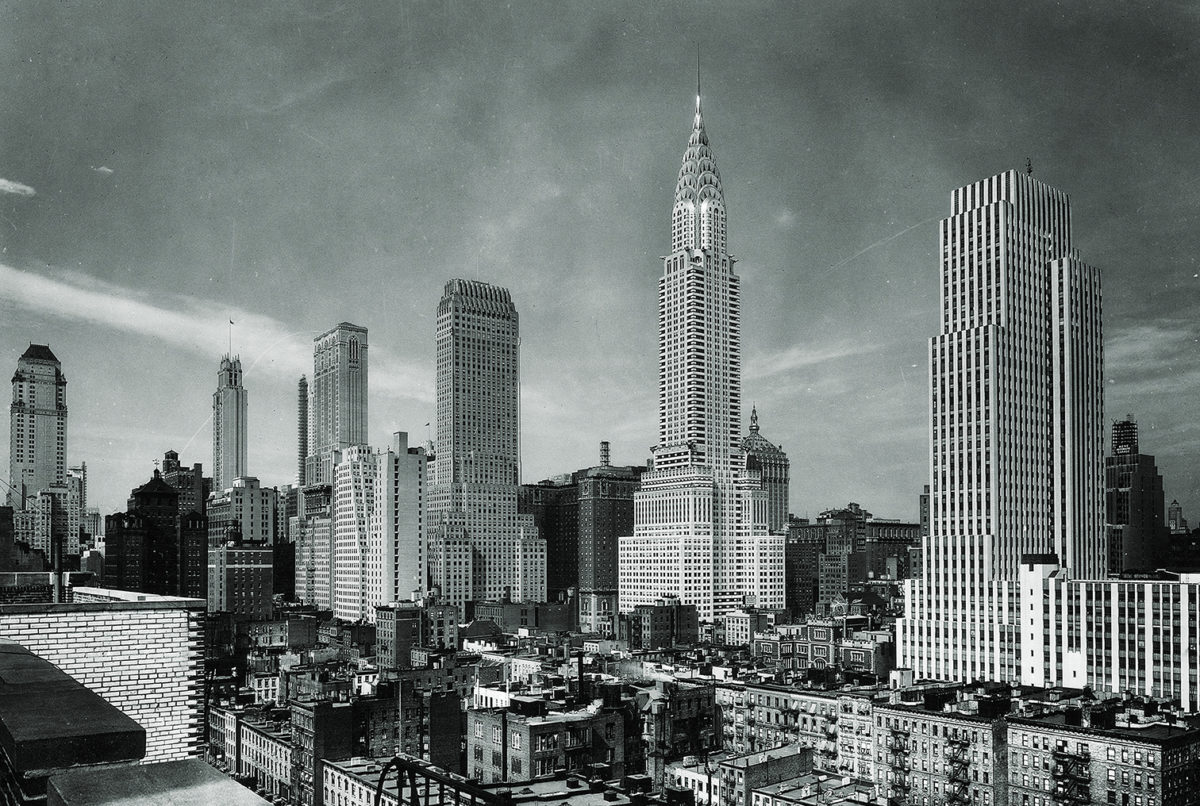Architect William Le Baron Jenney’s spirits were sagging. Jenney had hoped his latest project would be a reputation-making edifice at Adams and LaSalle Streets meant to rise 10 daring stories above Chicago. In 1884, the city’s commercial buildings rarely stood more than four stories tall, giving him an apparently unsolvable engineering crisis: how to support his structure. Although Jenney believed he had figured out that particular riddle, he was now lacking another type of support.
On May 1, 1884, the Federation of Organized Trades and Labor Unions was backing a citywide strike for an eight-hour work week. The striking tradesmen included members of Bricklayers and Masons International Union Local 21. Now, even if Jenney could figure out how to build his project, he would not have the materials he needed or the personnel to proceed. He would have to admit failure to his clients at the Home Insurance Company.
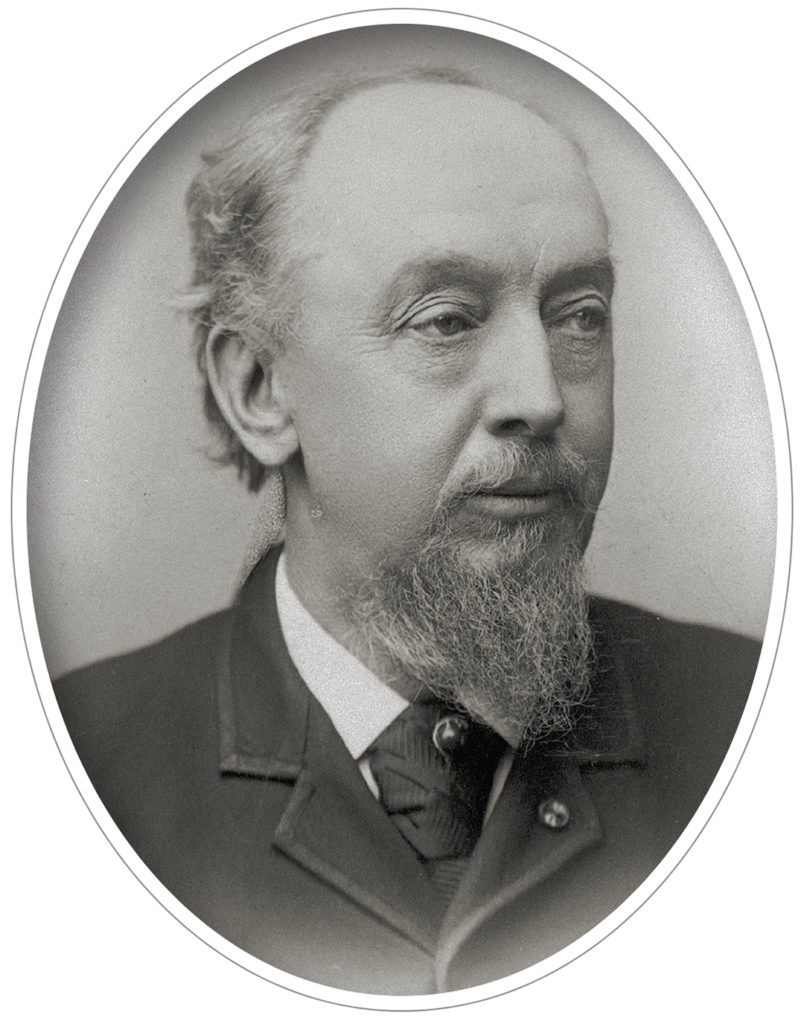
The Home Insurance high-rise had antecedents. In New York City, the Equitable Life Building had opened in 1870 with seven stories above ground and two below street level. In 1875, at Nassau and Spruce streets, the New York Tribune building climbed 10 stories. But those property owners had assembled parcels broad and deep enough to accommodate the fortress-like bases—walls six feet or more thick—required to support a tall building’s upper floors. With a 96-foot fronting on Adams Street and 38 feet on LaSalle, the Home Insurance parcel forbade use of that time-tested technique, as it would mean the company’s employees on the lower floors would be subjected to toiling in cramped quarters and oppressively narrow hallways.
Word of the strike devastated the architect. Despondent, Jenney closed his roll-top desk and went home. At their house on Bittersweet Place, his wife, Lizzie, had been reading a book of considerable size. Instantly sensing her husband’s mood, she closed that volume and rose to comfort him. Wanting to stow the book but finding no space on a table on which stood a birdcage, she placed the book atop the cage. Watching her do so, Jenney was intrigued. He strode to the table, picked up the book and dropped it onto the cage several times. The spindly enclosure stood firm.
“It works! It works!” Jenney cried. “Don’t you see? If this little cage can hold this heavy book, why can’t a metal cage be the framework for a whole building?”
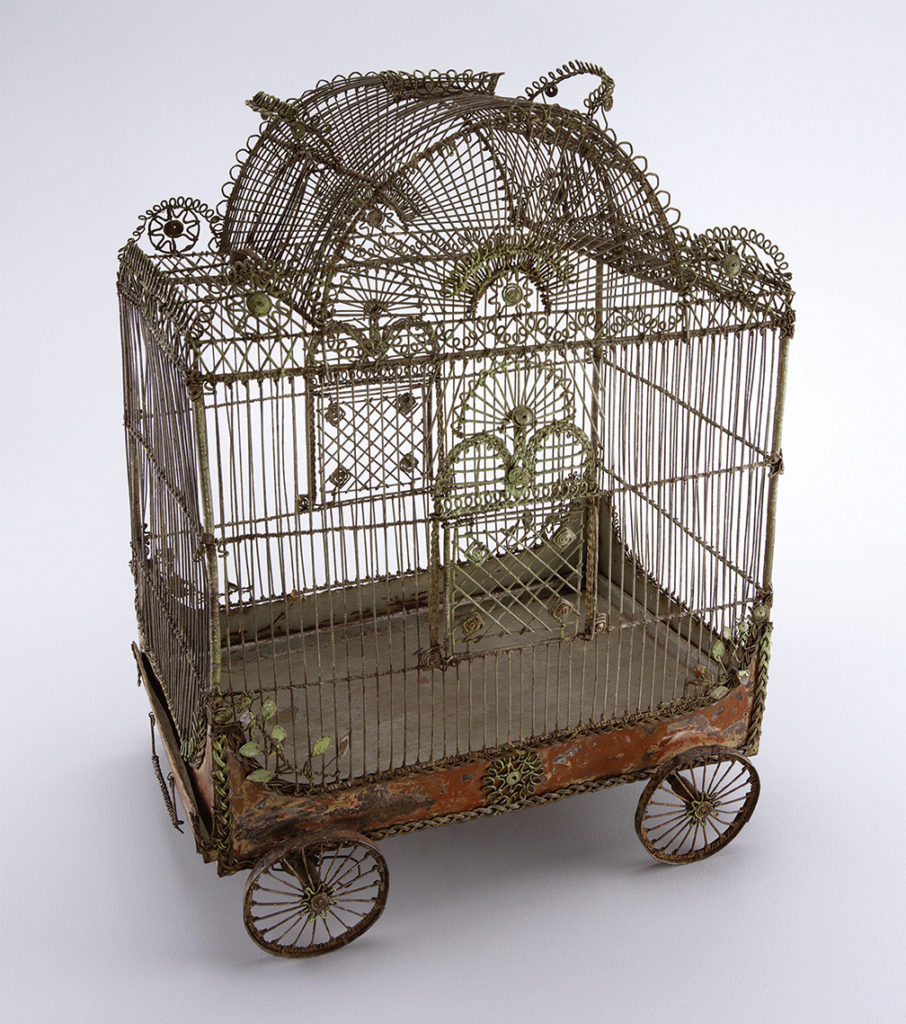
Jenney’s birdcage revelation sparked a youthful memory of sailing aboard one of his father’s whaling ships to the Philippine Islands. In Manila, he saw flexible lightweight bamboo used to construct entire buildings. Locals explained that despite their seeming fragility, these structures could weather typhoons and even earthquakes. Jenney’s memory of bamboo-framed forms merged with that of the book on the birdcage to provide the solution that had been eluding him. The Home Insurance Building’s walls would not need to support all the weight of the floors above, he realized, if a supporting frame could share most of that load. He would make that frame of iron, a material he had been working with since college.
Enrolling at the Lawrence Scientific School at Harvard in 1851, Jenney came to dislike the quality of the education he was receiving. In 1853 he transferred to L’Ėcole Centrale des Arts et Manufactures in Paris to study engineering and the latest in iron construction techniques. “I took, with special interest,” Jenney would recall, “civil engineering courses with an engineer of bridges and roads, Charles-Francois Mary.” Jenney graduated in 1856, a year behind schoolmate Alexandre-Gustave Eiffel.
Returning to America, Jenney joined the U.S. Army, and during the Civil War designed fortifications for Generals William T. Sherman and Ulysses S. Grant. Afterward, he moved to Chicago to practice architecture. Hanging out a shingle on his own, he designed residences, parks, and railroad bridges. His experience in fashioning bridges out of iron grounded his later vision for taking that framework from the drawing board to building construction. His inspired solution to the Home Insurance Building problem impelled that undertaking to completion in 1885 and frequent mention as the first modern skyscraper.
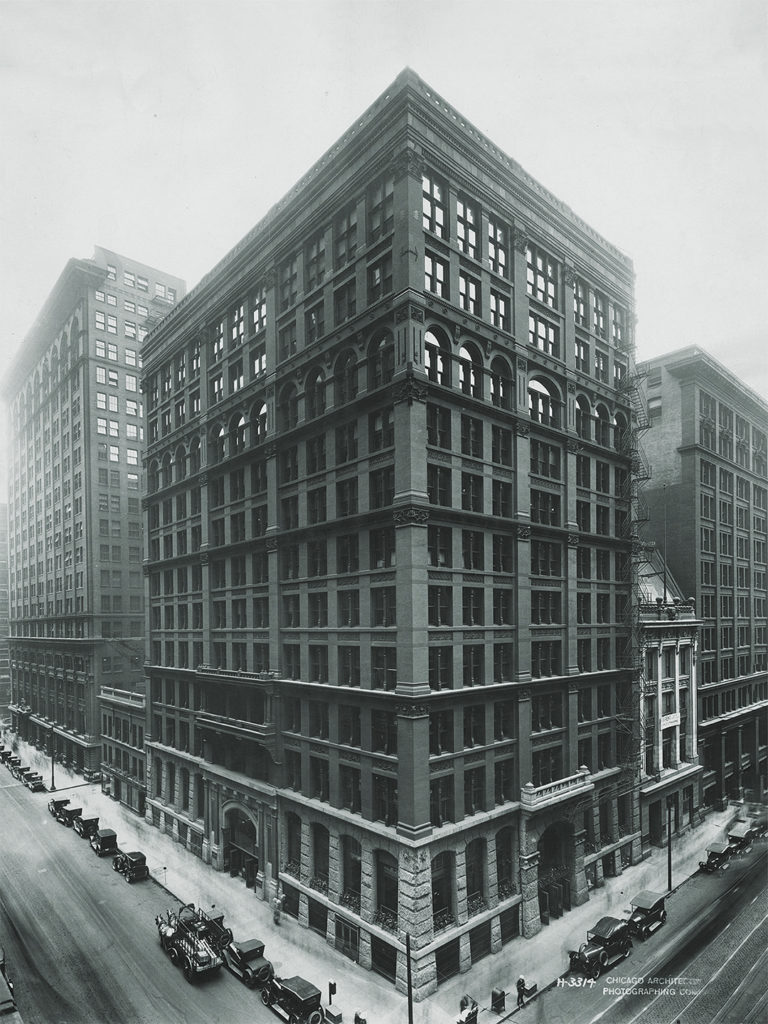
Alexandre-Gustave Eiffel had also been early to adopt iron as structural material, initially for railroad bridges. In 1879, sculptor Frederick-Auguste Bartholdi was at work in France on a huge commission to be placed in New York Harbor and requiring a sturdy internal support system. The architect devising the armature for the enormous statue suddenly died. As a replacement, Bartholdi hired Eiffel. Contemplating the wooden frame proposed for “Liberty Enlightening the World,” Eiffel, from his bridge-building days, knew no such frame would suffice and insisted on an iron structure.
The resulting 151-foot figure, now known by its nickname, the Statue of Liberty, was dedicated on October 28, 1886. Three years later, Eiffel completed another landmark, this one overtly displaying iron’s structural virtues. Built with 7,500 tons of iron and containing 2.5 million rivets, the Eiffel Tower was designed as the centerpiece of the 1889 World’s Fair in Paris and intended to be torn down after 20 years. But as a hedge against demolition Eiffel had installed a radio antenna and wireless transmitter near the top, hoping utility would make the tower too useful to demolish. It did. During the 1914 Battle of the Marne, one of the tower’s transmitters jammed German radio communication, delaying the enemy’s advance.
Observing the success of metal frame structures, commercial property owners around the United States began specifying iron and steel frames for buildings. New York City architect Bradford Gilbert put metal framing to an extreme test in 1889 when silk importer John Noble Stearns hired him to design an 11-story building to occupy a tiny plot at 50 Broadway. Stearns’ plans to buy lots on either side had fallen through, saddling him with a 21.5-foot frontage stretching only 108 feet back. The importer came to Gilbert “in despair,” the architect recalled, after multiple other designers had sent him packing.
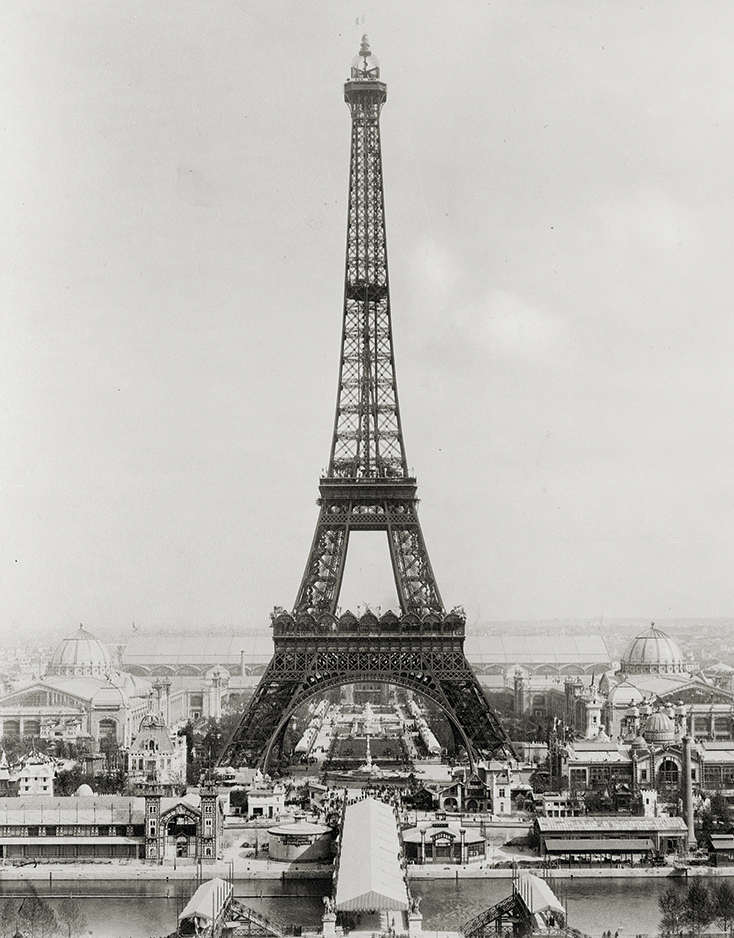
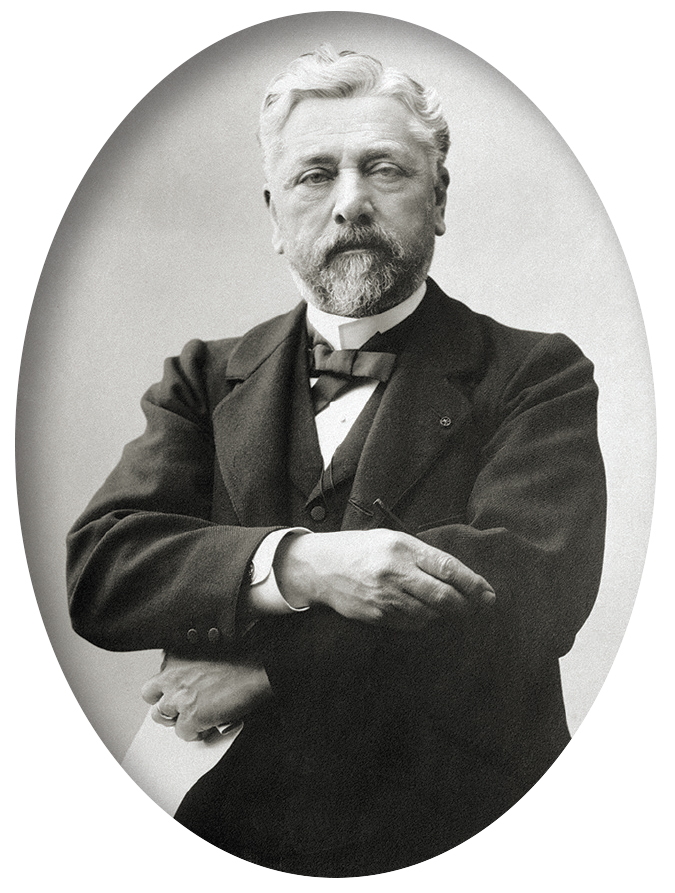
To ease Stearns’ woes, Gilbert—another experienced bridge-builder—envisioned a cast-iron span stood on end, and that was what he designed and built. For months, New Yorkers certain that a high wind would topple the iron needle, came to Broadway on gusty days looking to watch a disaster. None ever occurred.
Solving the structural dilemma exposed other challenges. Other than trudging stairways, how were occupants of a tall building to travel between the ground and higher floors? Steam-driven and hydraulic “hoisting platforms” debuted in hotels and factories in the 1830s in England and then in America, almost exclusively to haul cargo since they dangled on a single rope or cable whose failure would cause the platform to plunge.
The transformation to moving people occurred in 1852. Elisha Otis, 40, undertook to revive an abandoned multi-story sawmill in Yonkers, N.Y., as a bedstead factory. The mill’s bottom floor was littered with wood shavings and other debris. Otis decided to stow the rubble on the top floor, which he didn’t intend to use. His idea of making an elevator safe for passengers didn’t come in a flash of inspiration, but from a diligent detailed effort to get himself or one of his sons, plus the junk, to the top floor. After several stumbles the Otises, relentless tinkerers, settled on a design in which the platform moved by cable but, should the cable break or go slack, a wagon spring automatically forced metal prongs known as “safety dogs” into channels in the frame.
Even after finding that invention successful, Otis thought so little about the creation that he didn’t immediately patent it. Several bedstead customers noticed the safety gadget and asked to buy one, so he and his sons set to work producing them. Orders for their bedsteads declined, so they patented the vertical transporter invention as the “Allsafe” braking system and sold them locally. That success prompted them to set their sights on reaching a national market.
In 1851, London had hosted an exposition of new inventions. Another was to take place in 1853 in New York, and at it the Otises meant to dazzle the competition, which included sewing machines, printing presses, cameras, and medical diagnostic devices. At the Otis booth, crews built a 50-foot structure within which operated a hoisting platform hung from a cable. When the exhibition opened late that September, Elisha Otis, before a small audience, rode the platform to the 50-foot mark. At his signal, an assistant swung an ax to sever the lifeline. Otis plunged…a few inches. The Allsafe brake held firm. Otis smiled and doffed his hat to gawkers below.
“All safe, gentlemen,” he repeated. “All safe.”
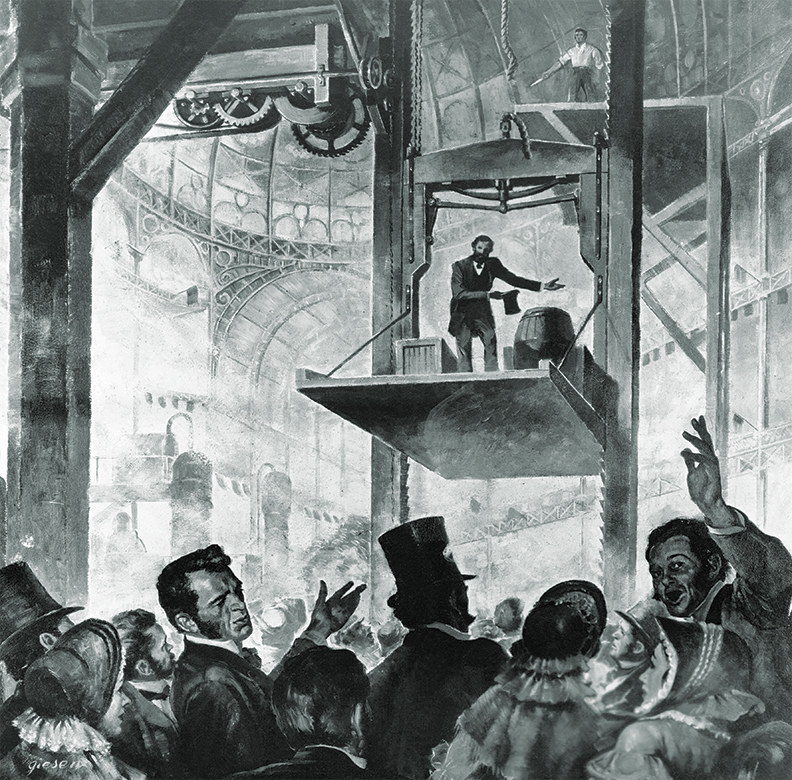
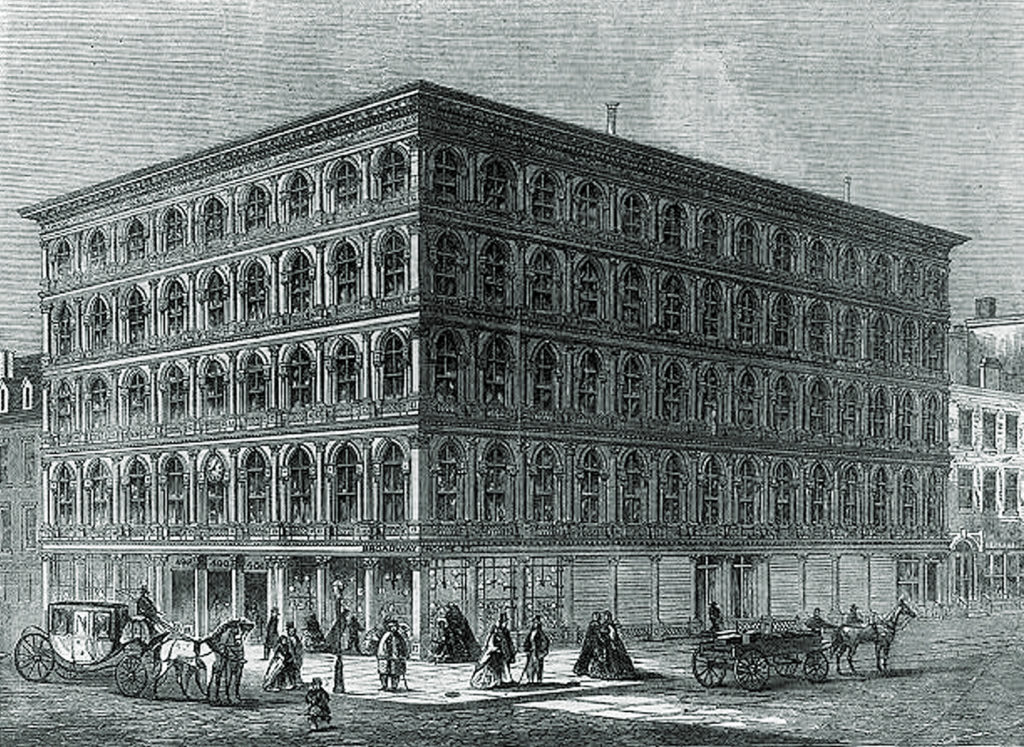
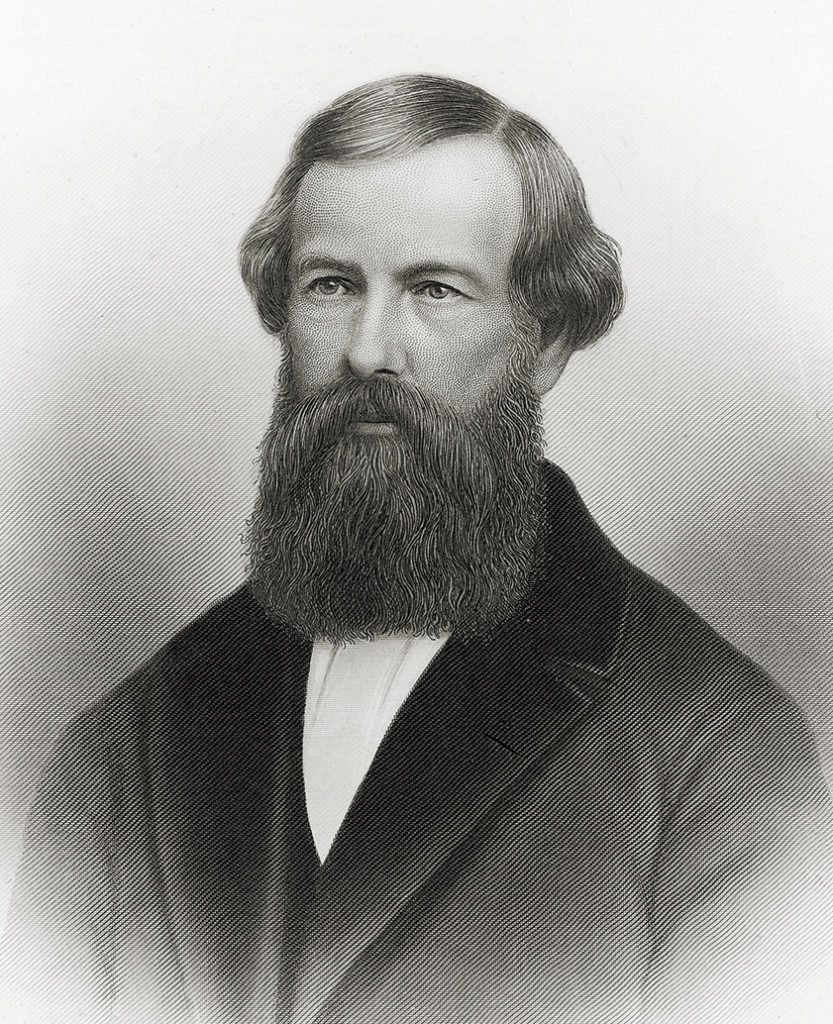
Otis continued the stunt throughout the exposition. With the triumph of their braking system, he and his sons began building freight elevators the same year, 1853, founding the Otis Elevator Company in Yonkers. The first commercial Otis passenger elevator was installed on March 23, 1857, to carry customers up and down the five-story Haughwout Emporium at 488 Broadway. Eder V. Haughwout, a purveyor of fine china, cut glass and chandeliers paid the Otises a whopping $300 for the elevator.
The novel addition was so popular that people often visited the site merely to take the elevator and, to the owner’s delight, often ended up buying his products. Other buildings soon followed suit, making “Otis” and “elevator” synonymous.
Other technologies arose that contributed to the tall building phenomenon. Once cities had been firetraps, with wooden structures cheek by jowl until municipalities mandated use of stone and brick—and electricity replaced gas as the source of illumination. Electric lights powered by basement generators were lighting tall buildings by 1878. The same decade saw the spread of forced-draft ventilation in taller buildings to clear them of smoke from coal-burning furnaces. Improvements in iron piping gave upper-story occupants hot and cold water and toilet facilities.
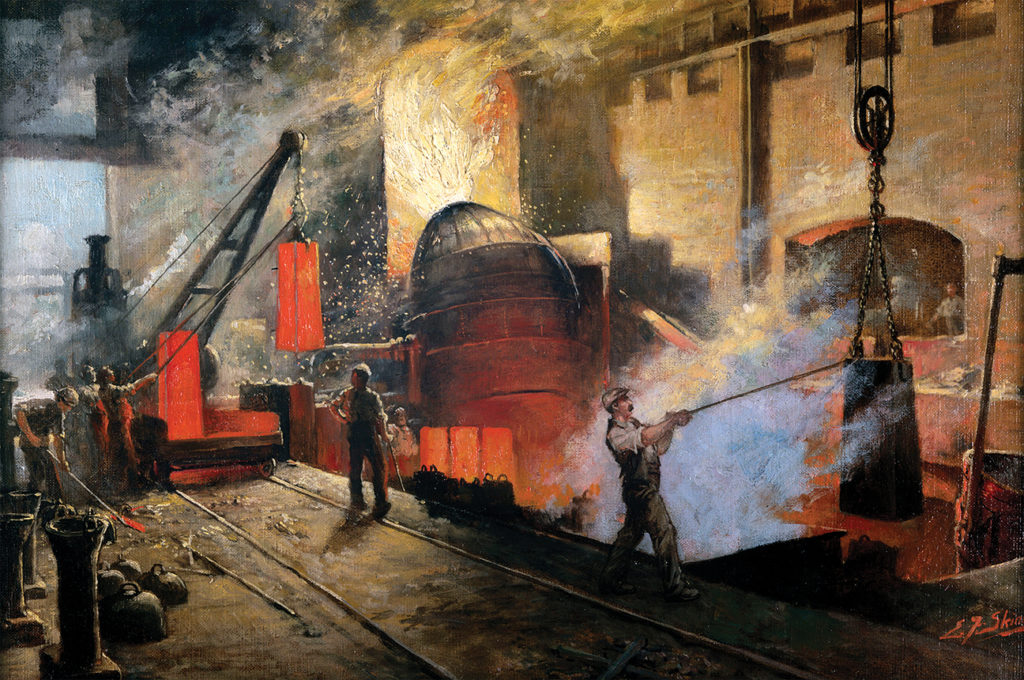
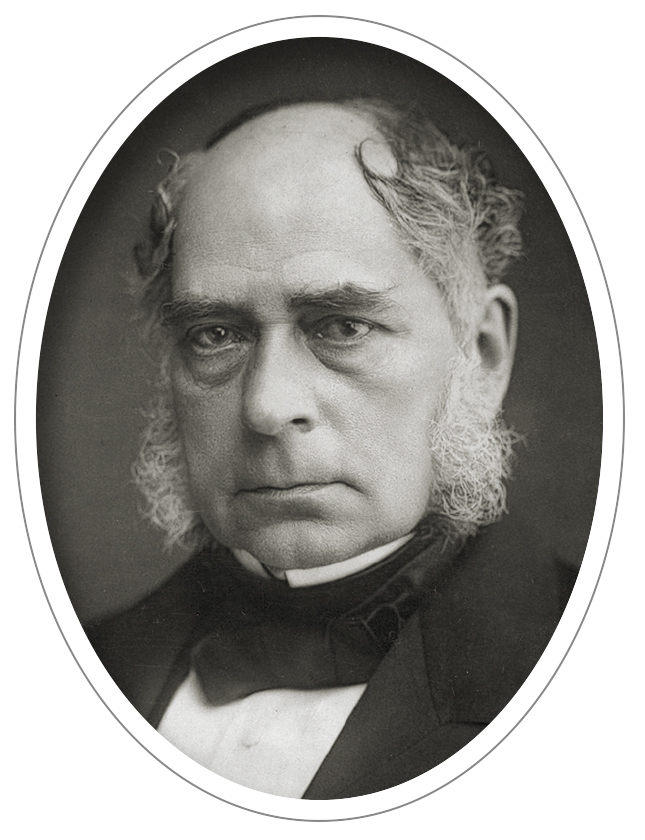
In Chicago, Jenney once again could buy bricks and stone. Masons and bricklayers had gone back to work, having won a contract that would move them to an eight-hour day in two years. On the Home Insurance Building, their work would be more skin than structure. An internal cage would not only support the walls but hold large windows that would flood every floor with sunlight. Jenney proposed his design for approval.
“Where is there such a building?” one member of the committee asked.
“Your building at Chicago will be the first,” Jenney said. Despite several wrinkled brows, the committee assented.
On May 1, 1884, construction began. Due to the substitution of an iron and steel framework for the traditional massive lower story walls, the building only weighed a third of what a masonry building did. As the workers pieced the project together, they followed up on Jenney’s promise to the Home Insurance committee that “the building will be strictly fire-proof and first-class in every respect.” Lightweight masonry walls covered the metal skeleton, acting primarily as a skin to keep out the weather. Although the city building authorities were so concerned about the stability of the new design they halted construction midway to inspect it, the resulting 138-foot structure was so solid that in 1930, when it was razed to make way for a 42-story Marshall Field building, a scrapyard operator buying the junked metalwork said, “So far as the metal work is concerned, the Home Insurance Building could have remained standing until doomsday.”
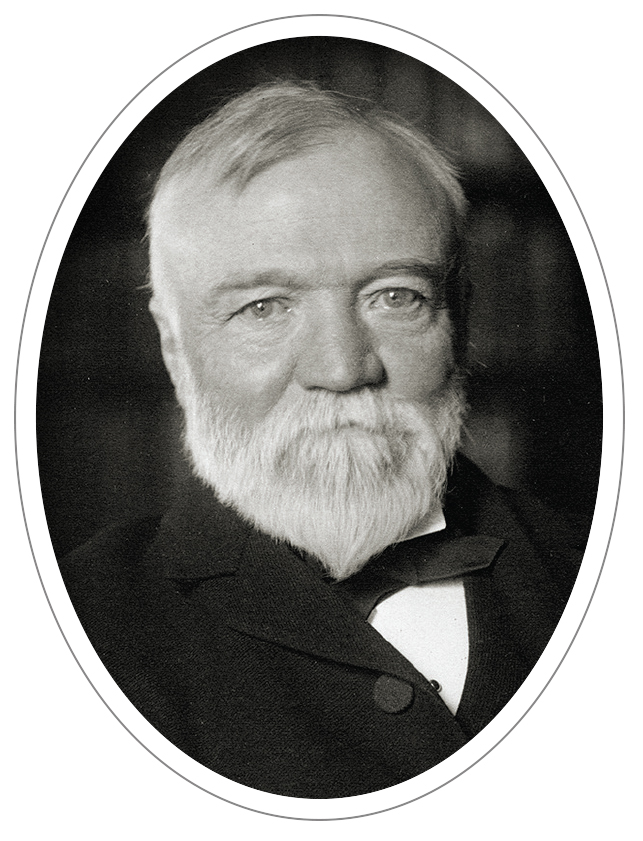
Metallurgical innovation also helped usher in the tall building. Steel—a mixture of iron and carbon, later augmented with manganese, nickel, chromium and other elements to increase hardness and resist corrosion—had been around in crude form since the 13th century BCE, when European blacksmiths found, likely by accident, that iron seemed stronger when mixed with carbon in coal furnaces.
But growth has limits, and Carnegie and other steel magnates, seeing a day when there were enough rails in place, recognized the need to diversify. They did so by apprehending steel’s utility as a structural material. Stretching and thinning the shape of a rail transformed it into a beam that in profile looked like the ninth letter of the alphabet. Some of the first I-beams that Carnegie made went to Jenney, who had been using cast iron as a framing material for the Home Insurance Building. Jenney switched to steel beams for the remaining floors. Other designers soon followed his lead.
As architects, engineers, and builders integrated metal structural skeletons with electric lighting, safe elevators, adequate ventilation, and functional water supplies, tall buildings rose across the nation. By the end of the 1890s, Chicago’s Masonic Temple building stood 21 stories; New York City’s Park Row Building loomed 31 stories above street level.
Diversion of steel into armament production during World War I slowed the sky-high building boom, but the 1920s saw a revival propelled by ambition and capital. Buildings soared to unprecedented heights. Two Manhattan projects seemed bound to set records—the Bank of Manhattan Building at 40 Wall Street and the Chrysler Building, at 42nd Street and Lexington Avenue.
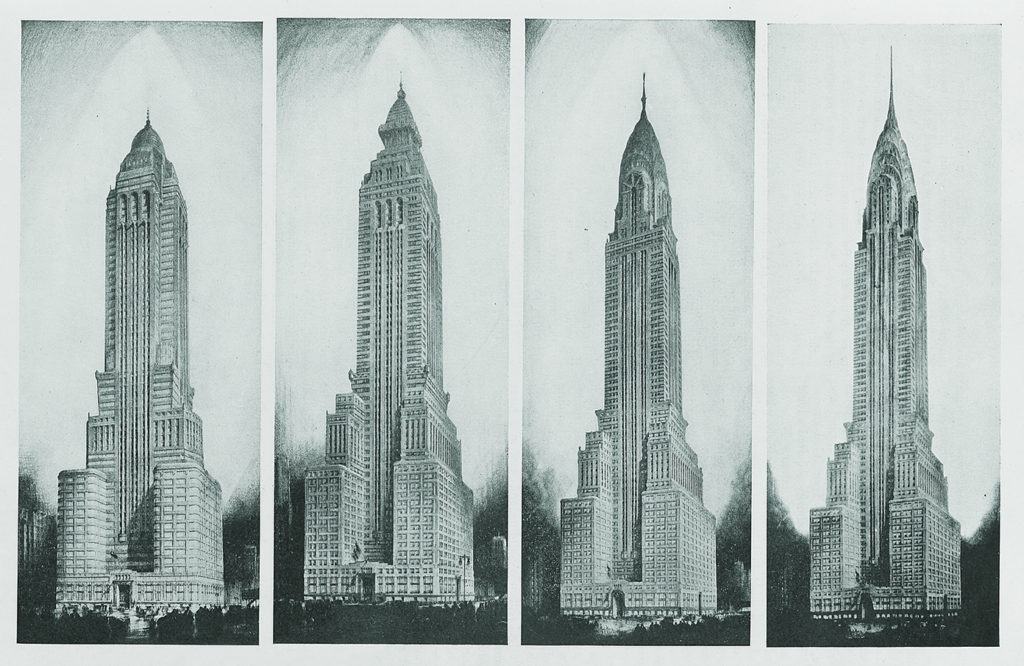
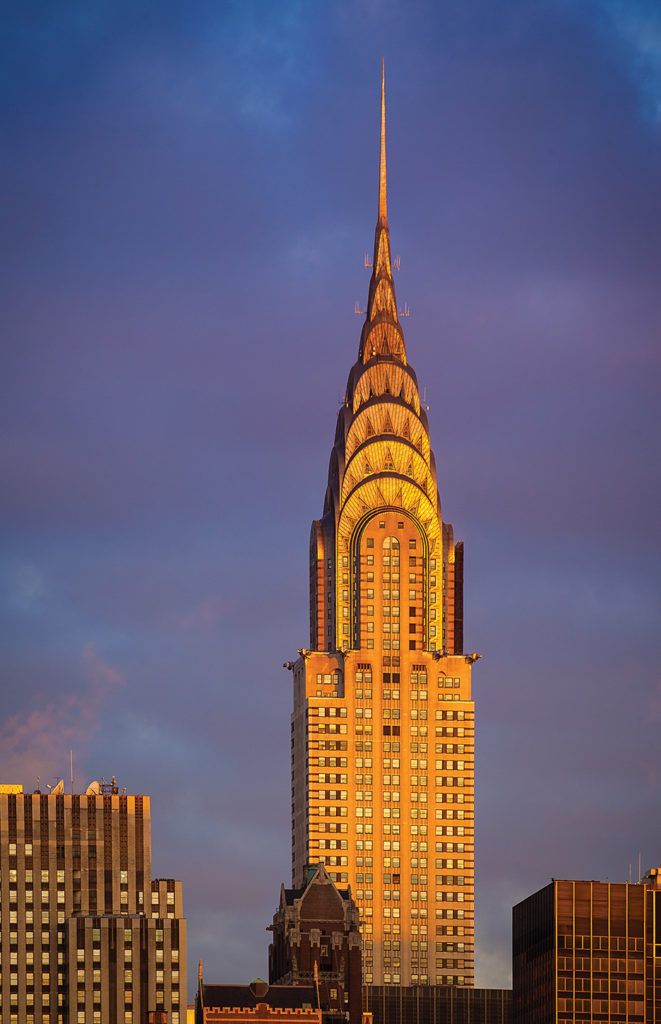
Construction of the Chrysler Building had begun in autumn 1928, with 40 Wall Street starting the following May. Walter P. Chrysler, founder of the corporation that bore his name, portrayed his project as “a monument to me.” Chrysler chose architect William Van Alen, a former partner-turned-fierce-rival of 40 Wall Street’s equally strong-willed chief architect, H. Craig Severance. The Chrysler Building was to stand 77 stories tall; 40 Wall Street, 71. The skyscrapers’ final heights would depend on spires that functioned as radio aerials, lightning arrestors, and statements of power through style.
Tweaking their designs as the buildings grew, Van Alen and Severance jockeyed for height. As the Bank of Manhattan Building was nearing completion, Severance secretly ordered its spire extended so to surpass the Chrysler Building’s nearly finished summit. On May 26, 1930, 40 Wall Street’s designers and crew celebrated finishing the tallest building in the world.
That status lasted a day. In the morning, a 185’ spire emerged atop the Chrysler Building. The component, covertly constructed from pieces inside the building, was riveted into place in 90 minutes.
The Chrysler Building’s record reign also was to be only slightly less brief. Ten weeks before, excavators had broken ground on a structure to bear New York’s nickname, at 20 West 34th street in the heart of Manhattan. Initially drawn at 50 stories, this project, too, underwent a metamorphosis as key investor and former General Motors CEO John J. Raskob reimagined the Empire State Building at 60 stories, then 80, and eventually 102—plus an airship docking station at the 103rd floor level—as the country was sinking into a deep depression that began with the October 1929 stock market crash.
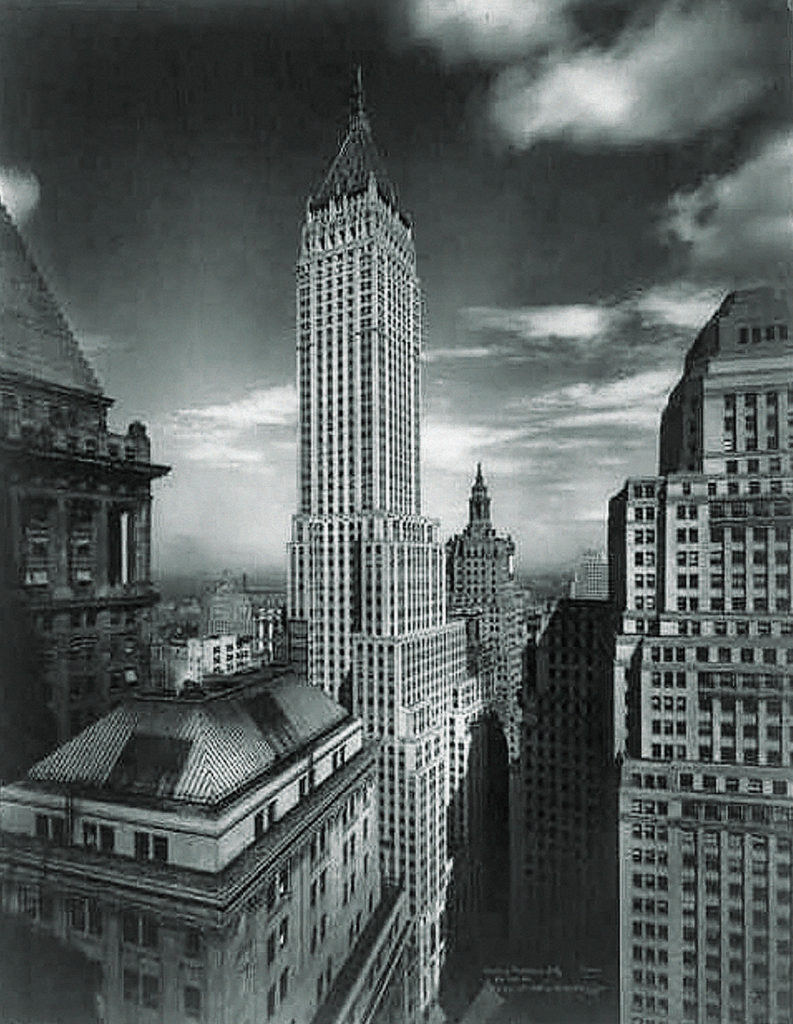
The building was modeled after two earlier Art Deco structures: One was the 21-story, 314-foot-tall Reynolds Building in Winston-Salem, N.C., which had been designed by William F. Lamb, primary designer for the Empire State Building’s chosen architectural firm, Shreve, Lamb & Harmon. The other was the 574-foot, 49-story Carew Tower overlooking the Ohio River waterfront in the heart of Cincinnati. As the Empire State Building raced toward the clouds, its builders incorporated innovations that remained in vogue for decades. The construction process radiated teamwork. “When we were in full swing going up the main tower, things clicked with such precision that once we erected fourteen and a half floors in ten working days,” said firm administrator Richmond Harold Shreve.
But steel remained difficult to produce in useful form or volume until 1856. That year English engineer Henry Bessemer introduced an effective means of blowing oxygen into molten iron and carbon to achieve steel with a carbon content of about 2 percent. Bessemer’s pear-shaped converter offered a fast, cheap way to make consistently serviceable steel. His innovation coincided with the rise of the railroads, which needed massive amounts of steel to forge rails and build locomotives. Steel plants soon dotted Britain and America, and investors like Andrew Carnegie jumped full tilt into the steel industry, the seemingly endless miles of new track and ranks of rolling stock making them extraordinarily wealthy.
That pace required near perfect coordination of practitioners of 60 construction trades. As masons and stoneworkers were completing a floor’s exterior, electricians and plumbers were hard at work on that floor’s interior. The first 30 stories were completed before designers finalized several details of the ground floor. To minimize time lost to lunch breaks, uncompleted floors housed cafes and concession stands. A miniature transport system moved materials by cart from storage in the basement to elevators. “Sometimes we thought of it as a great assembly line, only the assembly line did all the moving,” Shreve said. “The finished product stayed in place.”
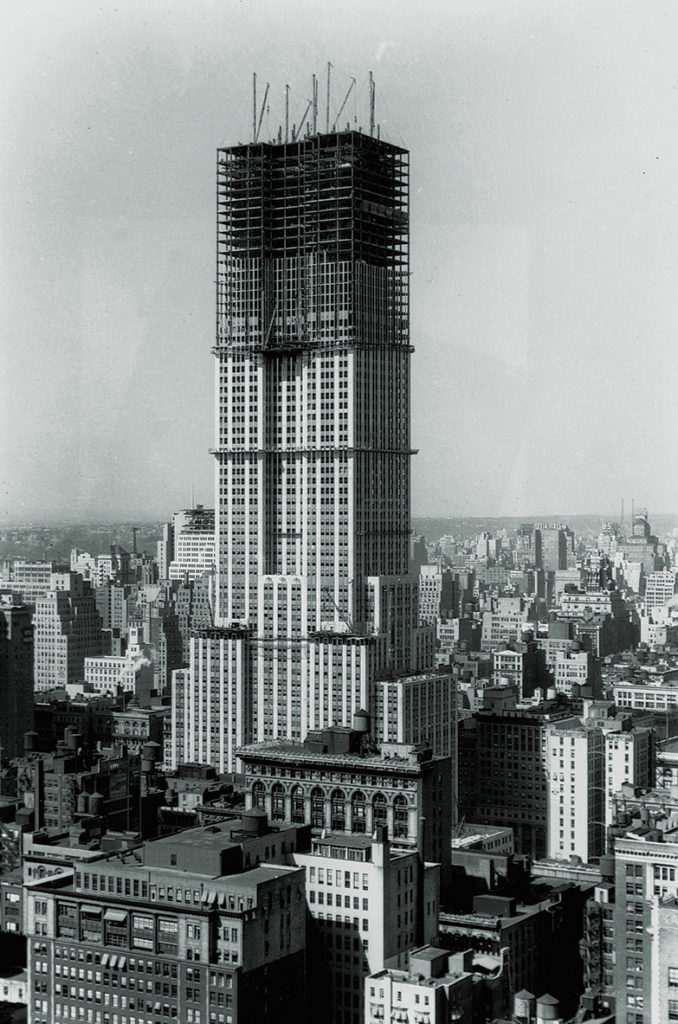
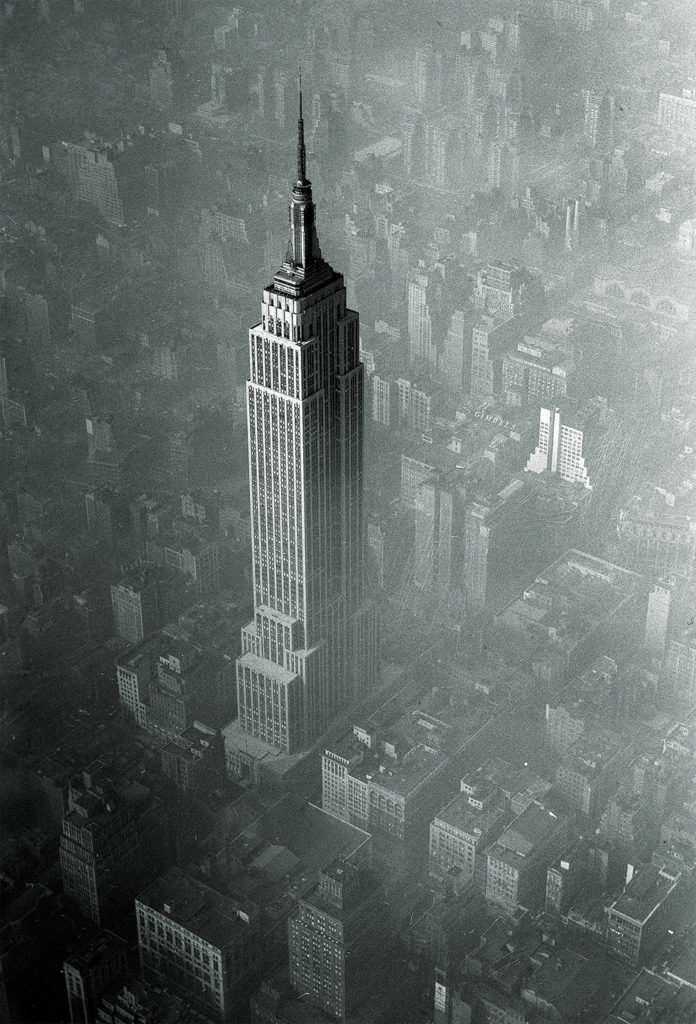
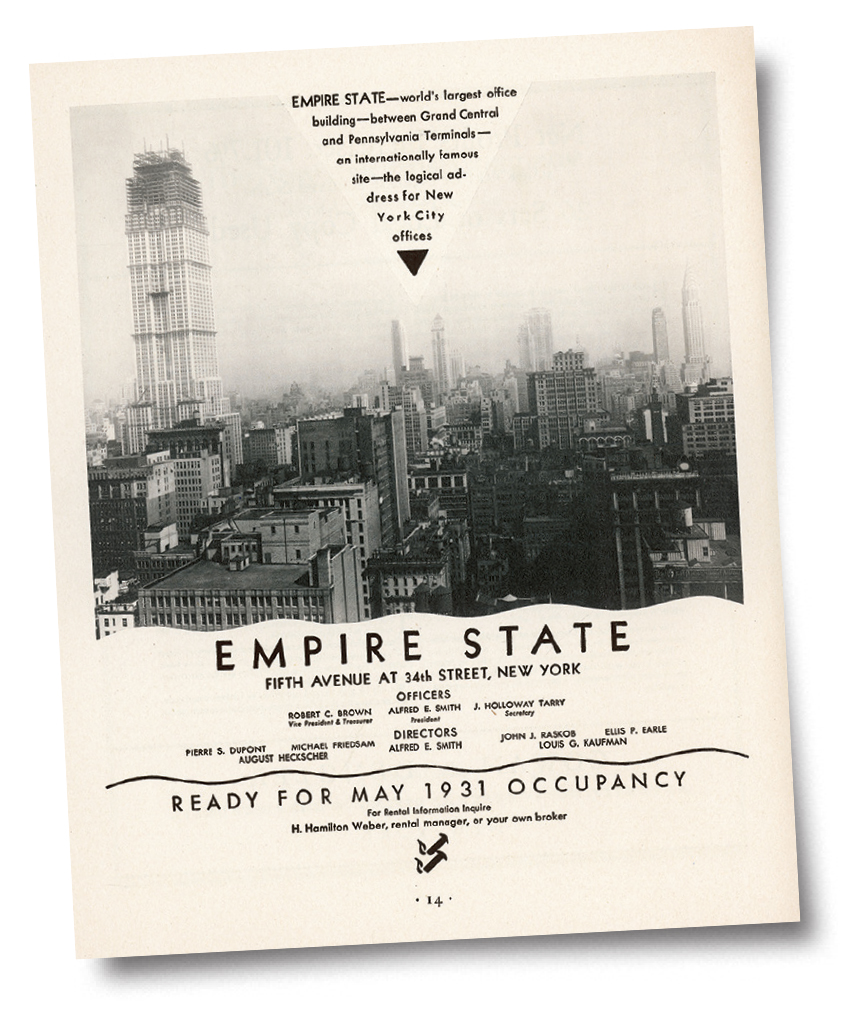
Despite the national malaise, work on the Empire State Building never faltered. As many as 200 trucks a day supplied 3,000-plus workers swarming the site in continuous 12-hour shifts. Often adding 4½ stories a week, the massive venture fascinated a nation desperate for good news. Newspaper and magazine readers marveled at photographs of tradesmen, many of them Native Americans (see sidebar), hundreds of feet in the air, often framed by photographer Lewis Hine while he was dangling in a crane bucket.
The Empire State Building topped out at 1,454 feet. The ill-conceived dirigible station flopped when winds gusted at 40 mph as dirigibles were attempting to dock. Despite this, and the fact that it has long since been eclipsed by much taller buildings, it still has the world’s affection. When President Herbert Hoover symbolically turned on the building’s lights by pushing a button from the White House on May 1, 1931, thousands of onlookers cheered, unknowingly saluting William Le Baron Jenney and his resilient little birdcage.
Dennis Goodwin has been a history buff and short-story writer for decades. He strives to pull the reader into the ever-moving present the subject of his story happens to occupy. He lives in Snellville, Ga., with his wife.
Mohawk “Skywalkers”
In 1886, the Canadian Pacific Railroad, as part of an expansion, was planning to bridge the St. Lawrence River. The 150-foot-high cantilevered span’s western end would touch down near Montreal on the Kahnawake Reservation, home to the Mohawk tribe. In exchange for the use of Indian land, the railroad agreed to hire Mohawk men as laborers assigned to unload materials. Visiting the site, young Indian men dared each other to climb to the top of the structure and walk the beams. Workers employed by Dominion Bridge Company tried and failed to chase the nimble interlopers to the ground. Mohawk youths walked narrow beams as coolly as the most seasoned riveters.
Supervisors seeing the interaction and knowing that high-steel riveting was a hard hire decided to recruit Mohawks, reasoning that it was easier to teach them riveting techniques than find workers comfortable walking in the sky. Dominion Bridge trained 12 reservation residents. All completed the training and went to work on the Canadian Pacific Railroad Bridge. Since then, Mohawk men have worked on high structures, despite catastrophes such as a 1907 Quebec Bridge collapse near Quebec City, that cost 33 Mohawks their lives. Orvis Diabo, an elderly Mohawk worker interviewed for a 1949 article, told The New Yorker that danger gave the high steel allure. “It made them take pride in themselves that they could do such dangerous work,” Diabo said. “We have as much fear as the next guy,” sixth-generation Mohawk ironworker Kyle Beauvais said. “The difference is, we do it better.” —Dennis Goodwin
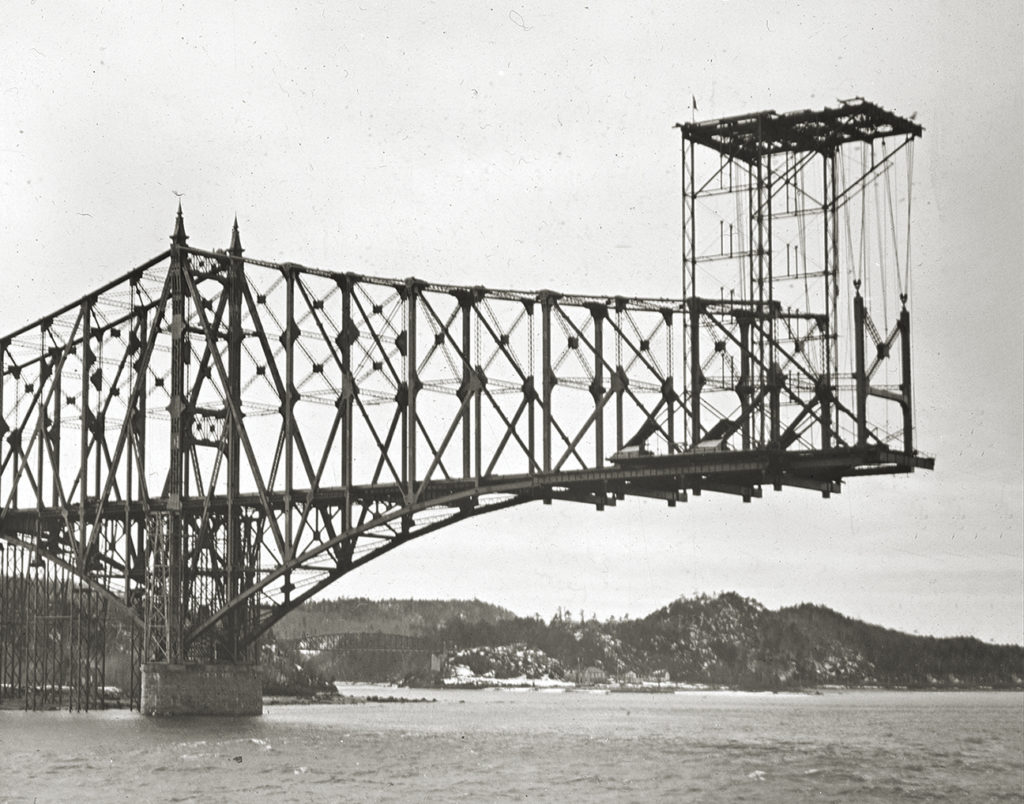
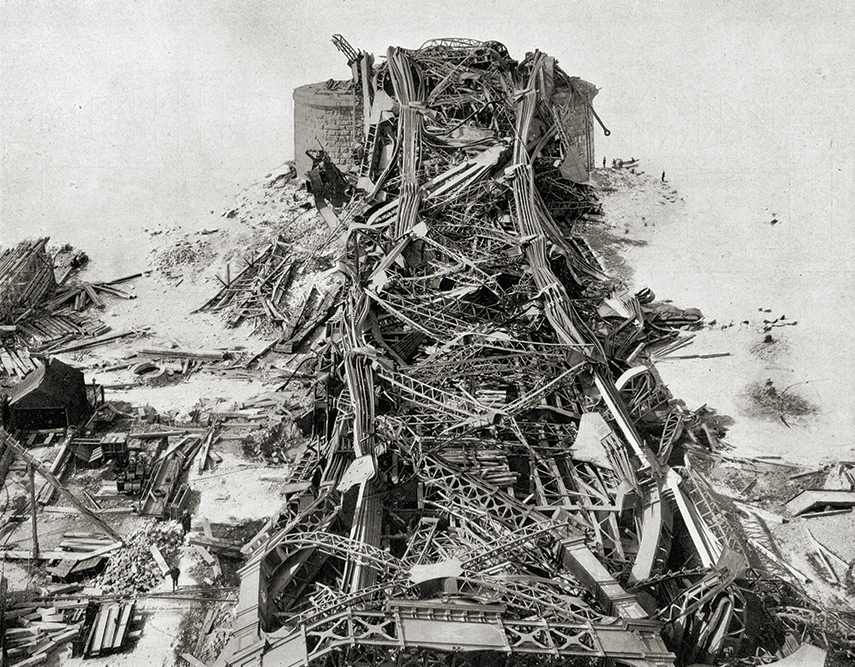
historynet magazines
Our 9 best-selling history titles feature in-depth storytelling and iconic imagery to engage and inform on the people, the wars, and the events that shaped America and the world.


